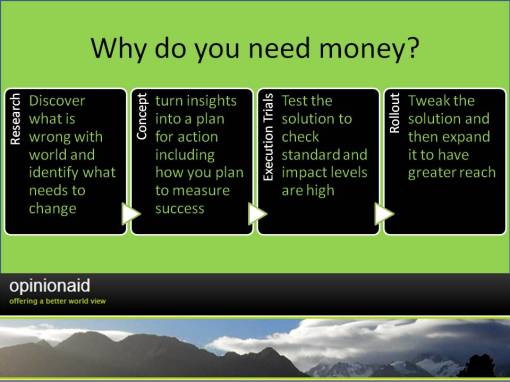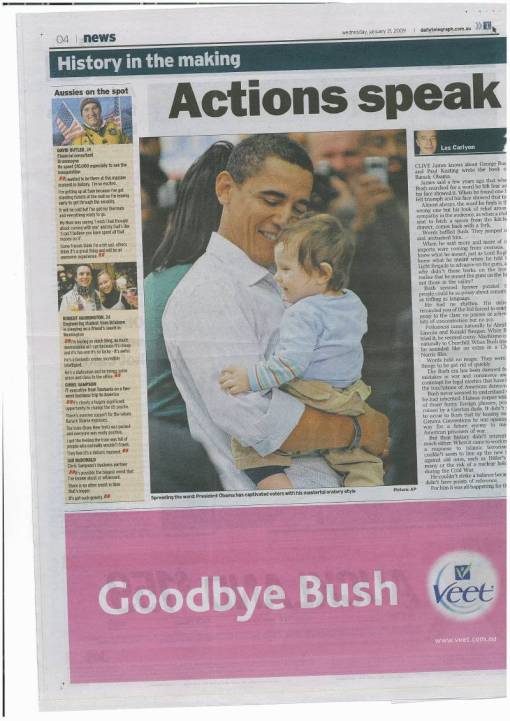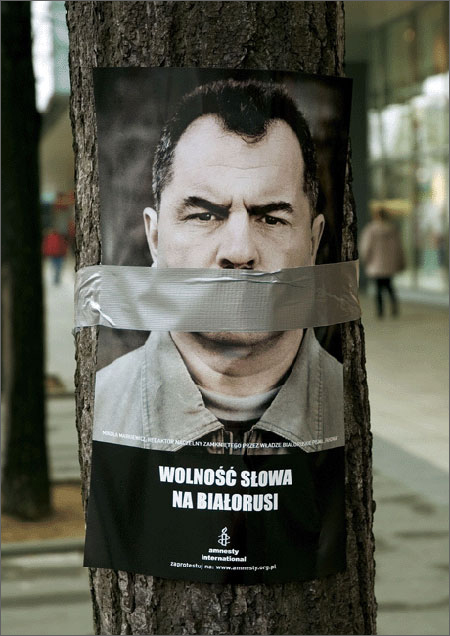
I finally got round to watching Casino Royale over Christmas.
Yes… so that I can go and see the Quantum of Solice at the outdoor cinema, but also partly because a good Bond movie is as Christmas-y as, well The Great Escape.
Every fundraiser could learn a few tricks from a Bond Movie.
Pretty early on in the movie, I know what the bad stuff is. Of course, there has been some reminding of how cool Bond is at the start, just to make sure I’m paying attention… but nevertheless its usually pretty obvious that Bond is needed after about twenty minutes or so.
We like to know what the problem is. Its natural. Most people only get impressed with a solution if they know what the problem was.
Same for appeals. A good appeal should ensure that nice and early people know how cool the charity they support thinks THEY are, and they should know what the bad stuff is.
A Bond movie usually then takes a few twists and turns. Bouncing from achievements and discoveries that offer hope the bad stuff will be overcome. Presenting urgent pressing deadlines, and of course all the time providing more and more evidence that Bond is cool.
A good appeal should do all those things. The story we choose to tell can take supporter’s on such an emotional roller coaster it can be a real page turner. If we make it so.
And best of all a Bond movie always provides the satisfaction that something can be beaten… without making it seem like there will no longer be any other problems.
A good appeal should do that too. Too much bad stuff, and well the appeal would seem incredulous and over the top. More so than a Bond movie would because we deal in facts. (And I still believe that a large man with metal teeth could cut a cable car wire if he wanted).
But not enough of a sense of what can be achieved, and well the supporter will just feel quite helpless and switch off.
And best of all.. a good Bond movie doesn’t mess with that core stuff. And neither should a fundraising appeal. We don’t tire of Bond movies. So we shouldn’t tire of producing good fundraising appeals either.
If you’re looking for new stuff, then again take a leaf out of the James Bond movie book. I’m sure there’s more but here’s a few pointers…
1. Consider whether your solution is new or different this time? (What is the latest gadget James Bond will use?)
2. Consider whether you can present something familiar but with a slight visual twist? (Daniel Craig’s body stepping out the water rather than Halle Berry’s.)
3. Consider whether you can use one of your cause expert’s to explain the bad stuff or whether your beneficiary case study will? (M or the baddie’s girlfriend.)











